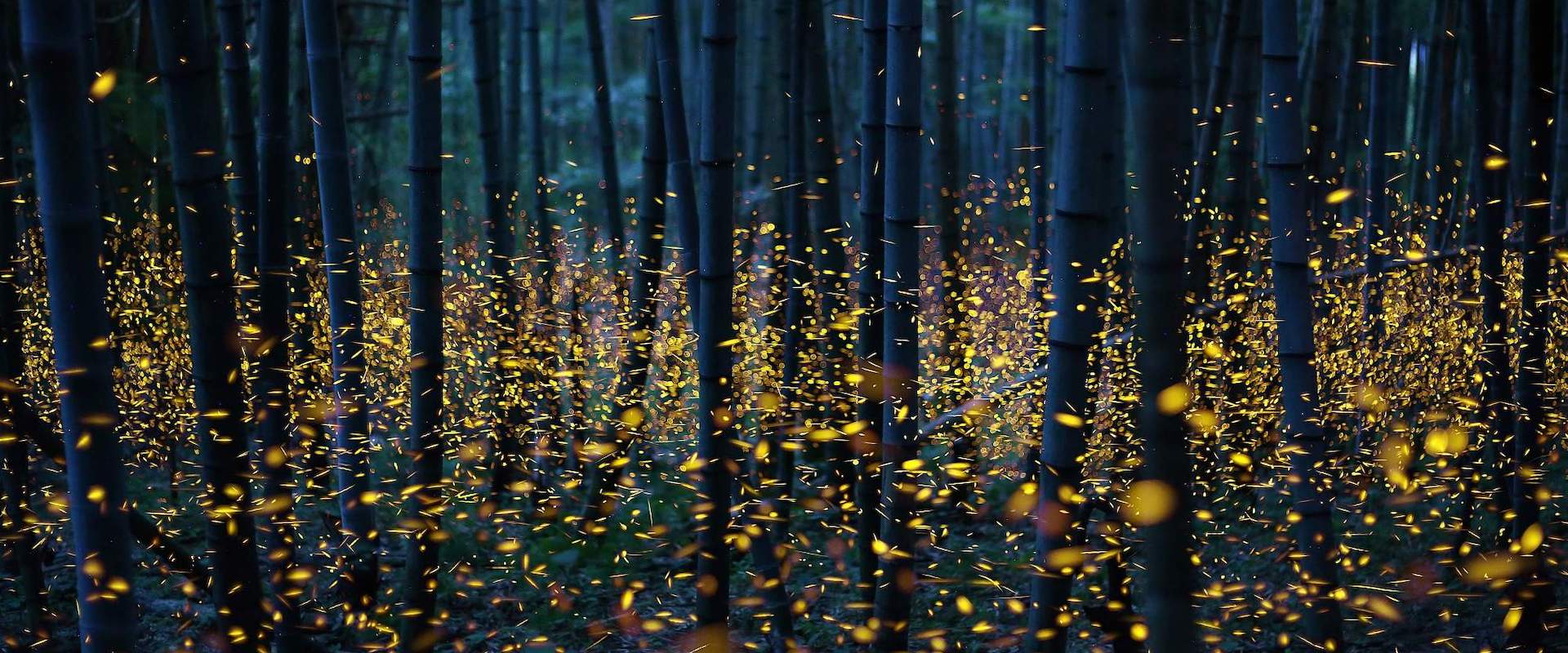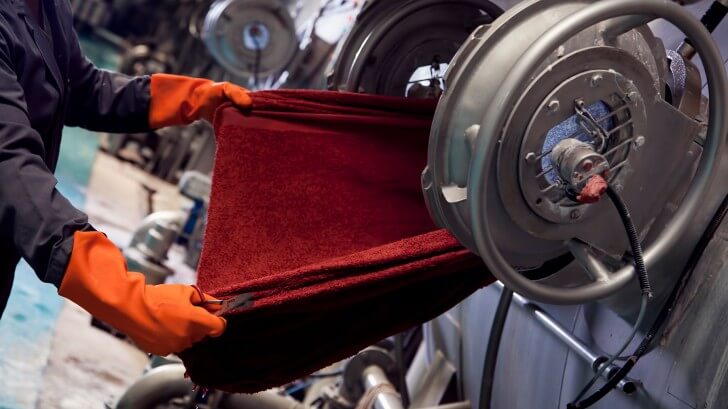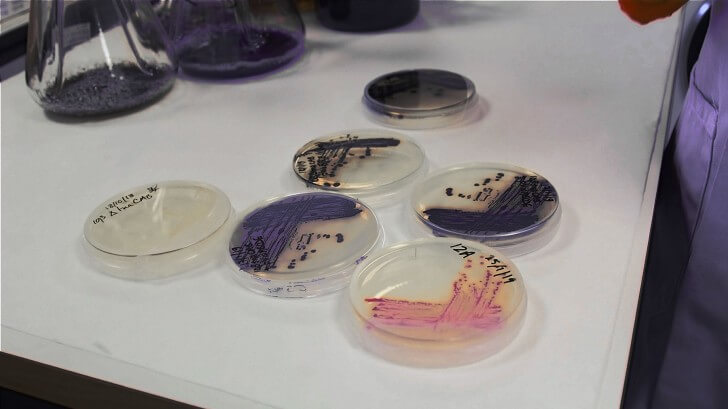

BBC Earth Podcast
Close your eyes and open your ears
Intimate stories and surprising truths about nature, science and the human experience in a podcast the size of the planet.
People
The dyeing industry uses half a trillion gallons of precious fresh water every year, and the fashion industry is the second most polluting in the world. The scientists at Colorifix have developed a pretty ingenious solution, guided by the natural world.
The art of fabric dyeing is an ancient one dating back to 3500 BC. Over the centuries we humans have sought to brighten our appearance with clothing that reflects the vibrant natural colours seen in nature, and many colourants were originally sourced from the natural world around us.
The art of fabric dyeing is an ancient one dating back to 3500 BC. Over the centuries we humans have sought to brighten our appearance with clothing that reflects the vibrant natural colours seen in nature, and many colourants were originally sourced from the natural world around us. .embed-container { position: relative; padding-bottom: 56.25%; height: 0; overflow: hidden; max-width: 100%; } .embed-container iframe, .embed-container object, .embed-container embed { position: absolute; top: 0; left: 0; width: 100%; height: 100%; }
When synthetic dyes were discovered in 1856 by W H Perkins an even greater array of colours became possible, and with the advent of the industrial revolution the fabric industry boomed. In the modern age, consumer demand fuels the fashion houses and colour is king: but the dyeing of fabrics comes at a price.
Waste chemicals from the dyes themselves are often highly toxic - Azo dyes which account for 60-70 per cent of all dyes used become carcinogenic when broken down and metabolized - and the fixing agents used which can contain formaldehyd and chlorine compounds, are no better, with links to allergies and cancer, not only hazardous to humans but also to the environment. The problem is rife in areas like Maheshtala in West Bengal where studies have shown that the surface water is so polluted it is not suitable for either domestic, industrial or agricultural purposes.
When synthetic dyes were discovered in 1856 by W H Perkins an even greater array of colours became possible, and with the advent of the industrial revolution the fabric industry boomed. In the modern age, consumer demand fuels the fashion houses and colour is king: but the dyeing of fabrics comes at a price.
Waste chemicals from the dyes themselves are often highly toxic - Azo dyes which account for 60-70 per cent of all dyes used become carcinogenic when broken down and metabolized - and the fixing agents used which can contain formaldehyd and chlorine compounds, are no better, with links to allergies and cancer, not only hazardous to humans but also to the environment. The problem is rife in areas like Maheshtala in West Bengal where studies have shown that the surface water is so polluted it is not suitable for either domestic, industrial or agricultural purposes.

In total over 8000 chemicals have been identified as being used in the dyeing process, many of which have been noted as carcinogenic or hazardous to health. Add to this the vast amount of water required for the dyeing process in which huge water baths are needed at every stage of the process (it takes about 500 gallons of water to produce enough fabric to cover a sofa) and we can see why the industry is one of the most environmentally damaging on earth, responsible for at least 17-20 per cent of total water pollution. Countries like China and Bangladesh which have high concentrations of textile factories are suffering serious problems as millions of gallons of waste water full of heavy metals, chromium compounds, nitrates and acids pollute the water table.
So is there another way? Well synthetic biologist Orr Yarkoni certainly thinks so. His company Colorifix have pioneered a new technique which bypasses traditional dyeing techniques in favour of an approach based on nature’s own methods. Rather than fighting nature he believes we need to tap into it in order to solve the complex environmental issues that challenge us today.

"Colorifix is very much inspired from nature" he says, "nature has created a whole palette of colours that we see on a daily basis".
Sourcing colours from a range of natural pigments, he then engineers microorganisms using DNA to convert agricultural by-products into dyes. When the microorganisms burst they ‘fix’ the colour to the fabric, thus reducing the need for massive amounts of water. The organisms themselves can be grown, or fermented, once the DNA code for the necessary colourant has been implanted and this natural reproduction is fast and efficient. Overall the whole process uses less water, produces less waste, and needs far less chemicals. A new way forward inspired by nature.


Intimate stories and surprising truths about nature, science and the human experience in a podcast the size of the planet.